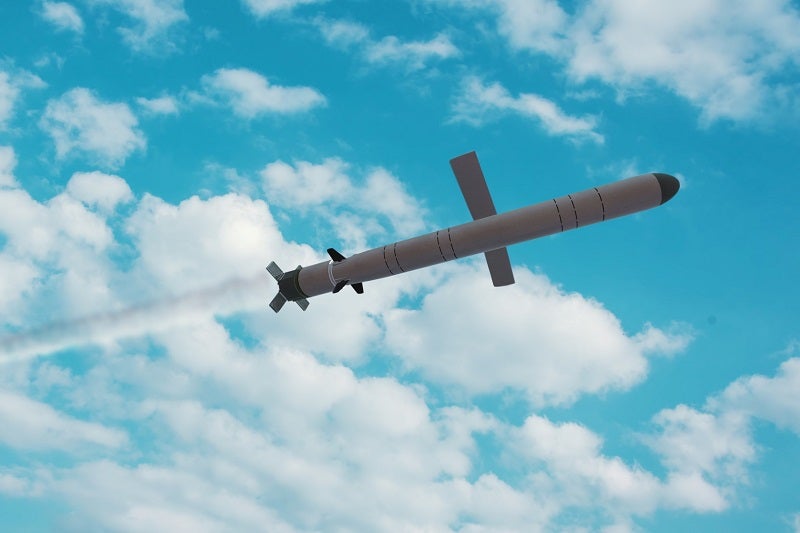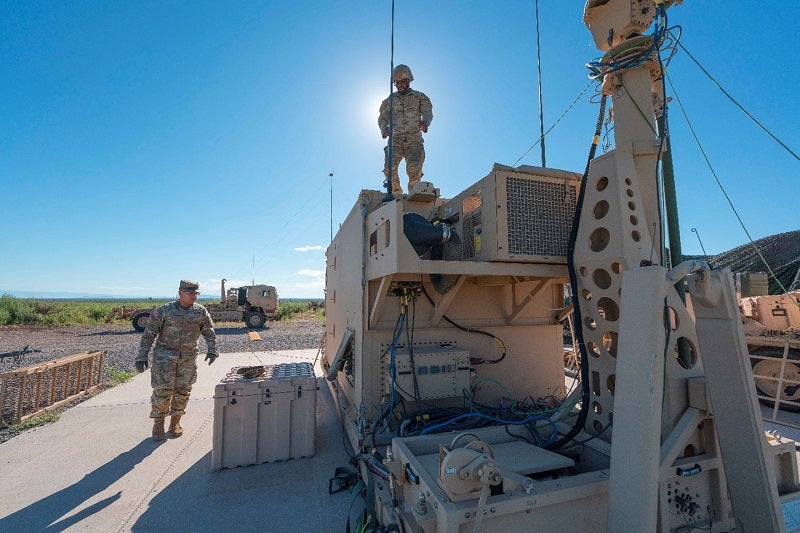
Air defence remains a hot topic after the exchange of projectiles, including missiles and one-way attack uncrewed aerial systems, between Iran and Israel in the Middle East.
While Israel’s multi-layered air defence proved capable of intercepting almost all of an Iranian salvo, many countries will have been prompted to reflect on their own capacity to withstand such a threat.
Responding to a very different geographical threat, Nato partners in Europe must seek interoperability by fusing common data to identify, track and respond to missile threats. However, the UK “faces a fairly serious capability gap” that hinders them from contributing effectively to a joint, alliance-level air picture, warned Dr Jack Watling, a senior fellow for land warfare at the Royal United Services Institute.
In a recent report, Watling and his colleague Sidharth Kaushal observed: “Interoperability… places a premium on experience in dealing with multiple systems, and so professionalising air defence and expanding liaison opportunities is critical.”
The UK Ministry of Defence will need to focus on improving its ground-based air defence (GBAD) command and control (C2) architecture along these lines. In doing so, the nation will contribute in an allied anti-air effort by reinforcing its system-level effectiveness.
It can do so by optimising against converging lower-tier threats, thus allowing other platforms to optimise against elements of the threat spectrum that still require bespoke solutions.
How well do you really know your competitors?
Access the most comprehensive Company Profiles on the market, powered by GlobalData. Save hours of research. Gain competitive edge.

Thank you!
Your download email will arrive shortly
Not ready to buy yet? Download a free sample
We are confident about the unique quality of our Company Profiles. However, we want you to make the most beneficial decision for your business, so we offer a free sample that you can download by submitting the below form
By GlobalData“Army GBAD must be able to both draw on and contribute to a joint and alliance-level recognised air picture that enables assets organic to manoeuvre formations to leverage data from higher echelons (and vice versa),” the authors reiterate.
Sky Sabre and Russian cruise missiles
The UK currently operates five ‘Sky Sabre’ systems that reach an approximate range of 40 kilometres (km), two of which are based in the Falkland Islands. Although the Royal Navy also operates air defence against ballistic missile threats, British GBAD is still inadequate.
Since the start of the Russo-Ukrainian war two years ago, another Sky Sabre unit has been deployed in Poland with about 100 personnel to help protect Polish airspace.
Moreover, the British Army is solely responsible for these five units, and they have been downgraded from a brigade-level function with four regiments, to a joint headquarters commanding single-service-operated systems with two assigned regiments.
Sky Sabre has replaced the legacy Rapier system, which served the UK Armed Forces for more than 40 years. It is composed of three main elements: “the brain”, “the sensor” and “the missile system”.
“The brain”, supplied by Rafael, refers to the surface-to-air C2 system. This includes the standard Nato Link 16 datalink that allows Sky Sabre to communicate with the Royal Navy and Air Force ships and aircraft, as well as UK allies.
“The sensor”, supplied by Saab, is the Giraffe Agile Multibeam radar, which provides 360-degree coverage over a range of up to 1,200km. Meanwhile, the Land Ceptor launcher and “missile system” is supplied by the MBDA and fires common anti-air modular missiles (CAMM) missiles.
“The main threat [to the UK] are cruise missiles,” Watling said. Given the small capacity of British GBAD, he noted that individual air defence systems pose a more attractive target.

“At the operational level within Europe, as well as on expeditionary missions, the threat environment will be more complex, comprising SRBMs, cruise missiles, loitering munitions and fixed-wing threats,” it was stated in the report.
“In these contexts, in addition to providing sensors and effectors against certain threat types, the British Army can add greatest value to what is likely to be an allied or coalition system by reinforcing that system’s capacity to co-ordinate its disparate elements and to retain its coherence in the face of disruption.”
A Polish case study
The Polish Armed Forces, one of the largest growing militaries on the continent, have already sought to fuse data from various sources across its air defence by using an Integrated Battle Command System (IBCS) provided by the US prime, Northrop Grumman.
According to the supplier, “its modular, open systems architecture and ability to integrate, transport and access data provides JADC2 [Joint All Domain C2] – the ability to connect and fuse multi-service sensor data to multi-service weapons, enabling decisions at relevant speed and achieve operational advantage over adversaries.”

Poland’s air defence comprises critical elements such as the Patriot Advanced Capability (PAC)-3 missiles and Lower Tier Air and Missile Defence Sensor (LTAMDS) radar, as well as its $1.9bn (£1.5bn) purchase of the Common Anti-Air Modular Missile (CAMM) and 22 PILICA+ air defence batteries from MBDA UK.
In March 2024, Northrop Grumman signed a memorandum of understanding that would explore to possibility of incorporating Diehl Defence’s Iris-T SLM system.
However, as part of the second phase of its IBCS implementation, the Polish Government struck a $4bn (16.12bn zlotys) deal with the US State Department in September 2023 that enabled local suppliers to acquire offsets from Northrop Grumman. This will establish 93 engagement operation centres and 175 IBCS integrated fire control network relays, among other supplementary equipment and training.



